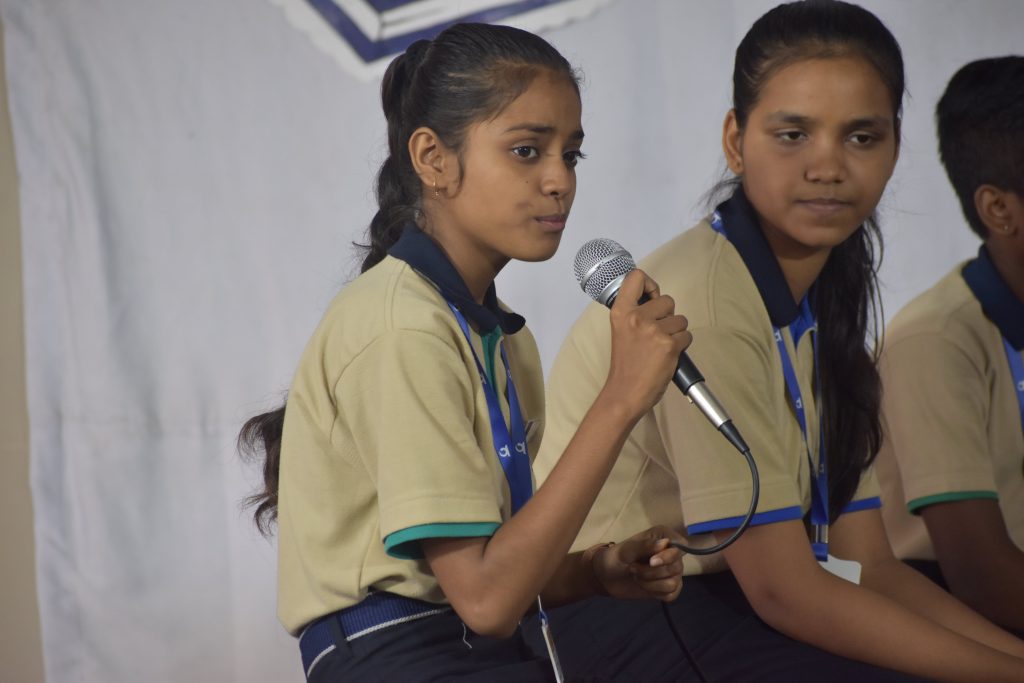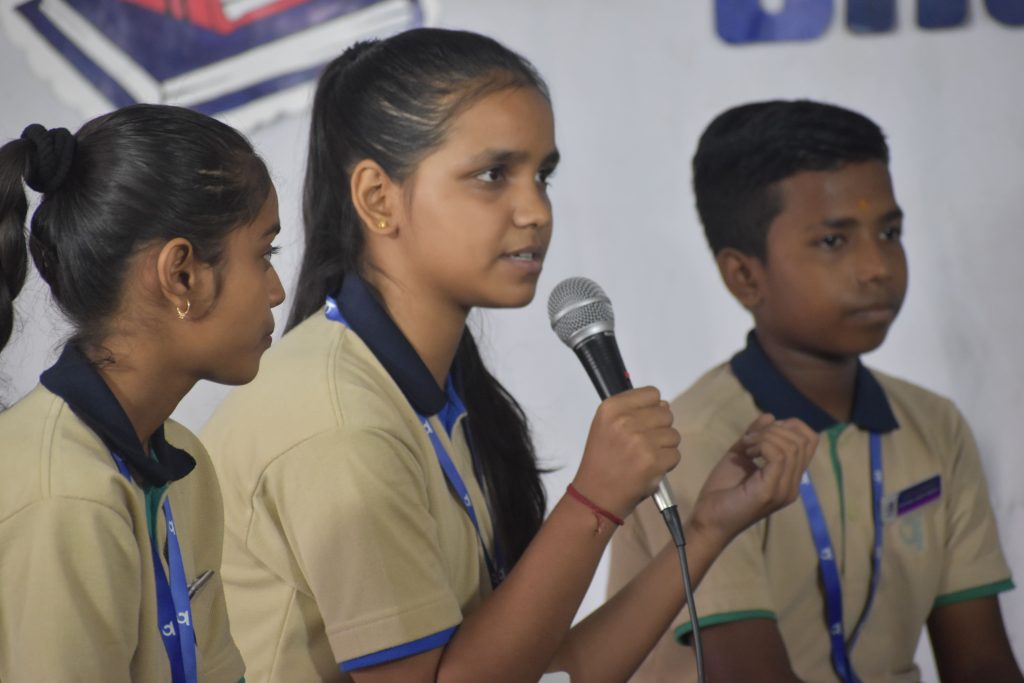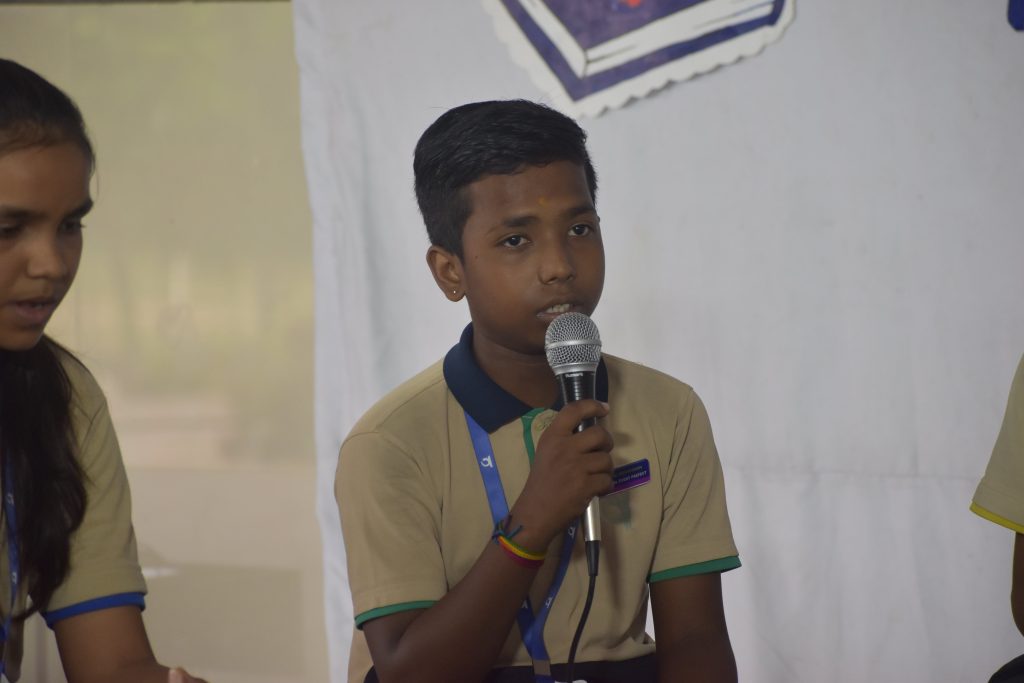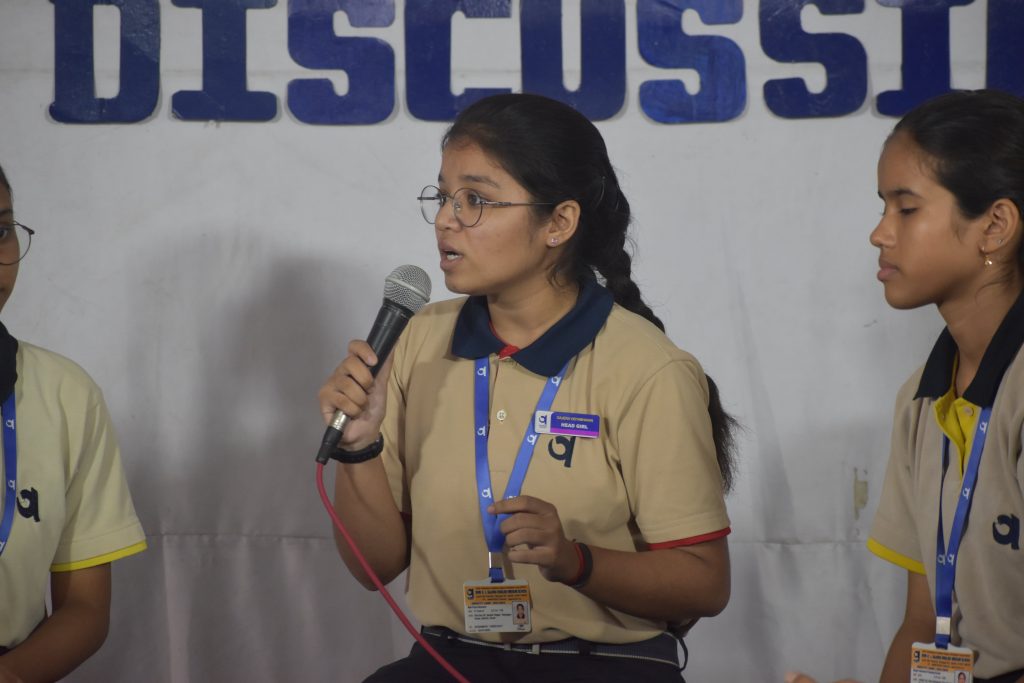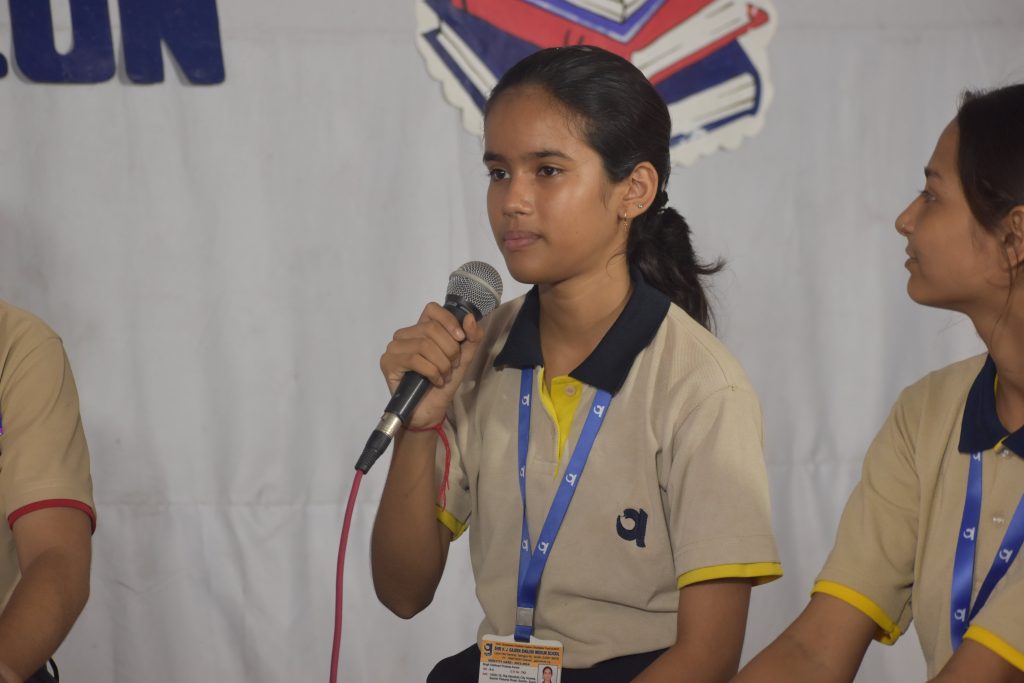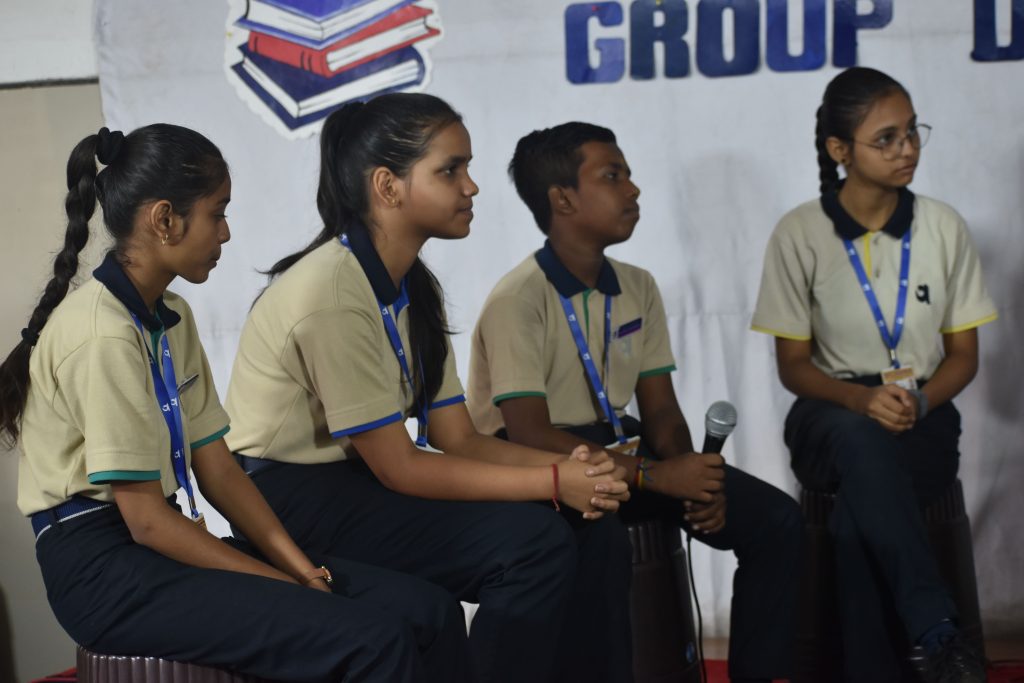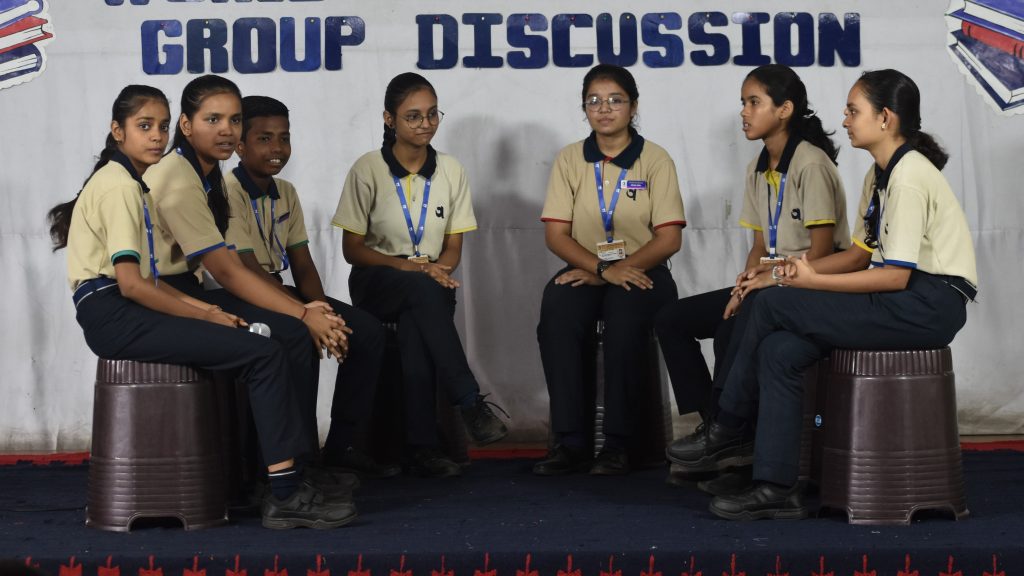“Hindi Diwas is celebrated in India to commemorate the date of 14 September 1949 when a compromise was reached during the drafting of the Constitution of India regarding the languages that were to have official status in the Republic of India. This compromise, usually referred to as the Munshi-Ayyangar formula, was voted on by the Constituent Assembly of India after three years of debate between two opposing camps. The Hindi proponents wanted Modern Standard Hindi, a register of the Hindustani language, to be the sole “national language” of India (replacing the Urdu standard adopted during the British Raj), while the delegates from South India preferred English to have a place in the Constitution. The Munshi-Ayyangar formula declared (i) Hindi to be the “official language” of India’s federal government; (ii) English to be an associate official language for 15 years, during which Hindi’s formal lexicon would be developed; and (iii) the international form of the Hindu-Arabic numerals to be the official numerals. This compromise resolution became articles 343–351 of India’s constitution, which went into effect on 26 January 1950. In 1965, when the 15 years had passed, the Government of India announced that English would continue to be the “de facto formal language of India.”
Gajera Vidyabhavan Sachin celebrated Hindi Diwas by conducting a group discussion for the secondary and Higher secondary sections on the topic of “Literacy.” All the students actively participated and covered all the important points of the topic. The group discussion was organized with a dual aim: firstly, to explain the importance of the Hindi language and secondly, to help students understand how essential it is to be literate. A video depicting the government’s efforts to promote literacy was shown to the students. Lastly, Vice Principal Ma’am explained to the students the importance of both Hindi and literacy.”
